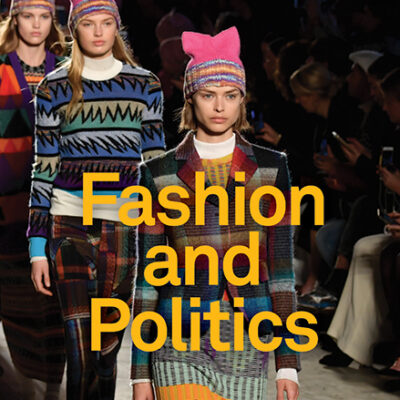
EFHA World 29.05.2022
21.11.2021
EFHA worldEuropean fashionfashion historyWorkshop
Guest-post by Margherita Tufarelli describing the collaboration between EFHA and the Fashion Design department at the Università di Firenze
Thanks to its ability to capture the present in objects that stand both as signals of the past and ideas for the future, the material culture of fashion represents values and knowledge that must be preserved and reactivated. Composed of objects and signs, industrial and artistic artifacts, anthropological and technological practices, fashion is a cultural phenomenon composed of material and symbolic manifestations that are essential in the construction – and narration – of new ways of living collectively while asserting our own individuality.
In this sense, the artifacts that fashion produces are part of the continuous creative process crafting new cultures in which past instances transmit energy and inform the shape of future manifestations: connections and projections of meanings are often very perceptible. Fashion manifests the demands of the present; this is why it is important to teach new designers the ability to act as interpreters, being sensitive to the relationship between the things they design and the world in which these things will exist.
Precisely because of the material it conserves, different in type and origin, a digital archive such as that of the European fashion Heritage Association represents a privileged tool for this kind of exploration across time and space. Indeed, the archive allows the connection and combination of different elements with which it is possible to know the past, interpret it in the present to plan the future.
These are the reflections underlying the workshop that saw the collaboration between EFHA and the Degree Courses in Industrial Design of the University of Florence, as part of the Fashion Design Laboratory 2 held by Renato Stasi and Margherita Tufarelli. The course, which lasted one semester, involved about 70 students – all at their very first experience with fashion design. The students were divided into groups and asked to reinterpret a fashion brand currently inactive, but whose memory still survives in archives around the world.
The reinterpretation process involved the analysis of styles and languages that characterized the brand in question through historical, contextual and visual research within the EFHA archive. Then, students were asked to then transpose the values that emerged from the research into their contemporary designs.
The journey through the archive allowed the transformation of something known into something possible, giving young designers the opportunity to build a different relationship with the study of history, to understand it not as something stiff and barren, only to be observed, but as something we can actively engage with, to continually produce, remake, configure.
Explore the website designed by the students HERE and stay tuned on our social media platforms, where we will unveil some of the most compelling and fascinating journeys into the EFHA archive.